Featured Image: Jack Beyer
Lift Off Time | September 24, 2022 – 22:25 UTC | 15:25 PDT |
|---|---|
Mission Name | NROL-91 / Delta 387, likely the KeyHole-11 satellite for the NRO (an HST pointed toward the Earth) Payload Designation: likely USA-337 |
Launch Provider | United Launch Alliance (ULA) |
Customer | National Reconnaissance Office (NRO) |
Rocket | Delta IV Heavy |
Launch Location | SLC-6, Vandenberg Space Force Base, California, USA |
Payload mass | Unknown, likely around 15,000 kg |
Where did the satellite go? | Unknown |
Did they attempt to recover the first stage? | No, booster reuse is not a capability of the Delta IV |
Where did the first stage land? | It crashed into the Pacific Ocean |
Did they attempt to recover the fairings? | No, fairing reuse is not a capability of the Delta IV |
Were the fairings new? | Yes, this launch utilized the bisector composite fairing half |
This will be the: | – 153rd mission for ULA ever – 14th mission of a Delta IV Heavy – 121st orbital launch attempt of 2022 – 3rd to last Delta IV Heavy launch ever – Last Delta IV Heavy launch from Vandenberg – 387th Delta launch |
Where to watch | Official ULA replay Tim Dodd, the Everyday Astronaut, replay! |
How Did It Go?
United Launch Alliance (ULA) successfully launched the NROL-91 mission for the National Reconnaissance Office (NRO) atop a Delta IV Heavy. Launched from Space Launch Complex 6 at the Vandenberg Space Force base, in California, this mission marked the final Delta IV Heavy launch from the West Coast and the third-to-last Delta IV Heavy launch ever. ULA is retiring both the Delta and Atlas vehicles in favor of Vulcan, which is scheduled to have its maiden launch in Q1 2023.
What Is NROL-91?
Due to the classified nature of the NROL-91 mission, little information is known. However, it is suspected that this mission is part of the NRO’s Keyhole-11 (KH-11) constellation. This constellation is an electro-optical digital imaging constellation that provides real-time observation to the US government. It is thought that each satellite has a mass of ~15,000 kg and is built by Lockheed Martin.
Each satellite is thought to have a 2.4-meter mirror (the same size as the Hubble Space Telescope, which is based on the keyhole satellites), which would result in a ground resolution of .15 meters.
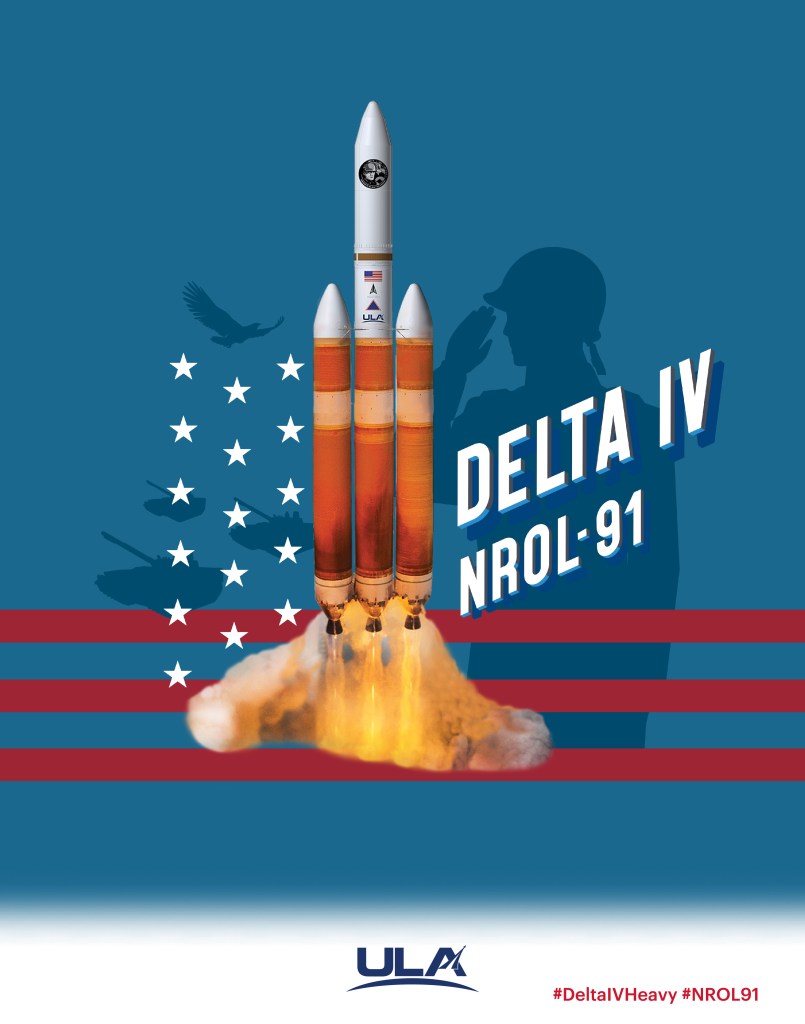
What Is The Delta IV Heavy?
The Delta IV Heavy is one the most powerful active rockets, falling behind SpaceX’s Falcon Heavy and NASA’s Space Launch System.
Payload Capabilities
Being a heavy lift launch vehicle, the Delta IV Heavy is able to place up to 28,000 kg into a 90-degree low-earth orbit and up to 14,000 kg into a 27-degree geostationary transfer orbit (GTO). Based on the payload, ULA has two fairing sizes to accommodate different payload sizes. Both fairings are five meters in diameter and one is 14 meters tall while the other is 19.1 meters tall. The five-meter fairing is made of carbon composite and has two parts, hence the name “bisector” fairing. Additionally, there is an aluminum fairing half assembled from three pieces, called a trisector fairing.
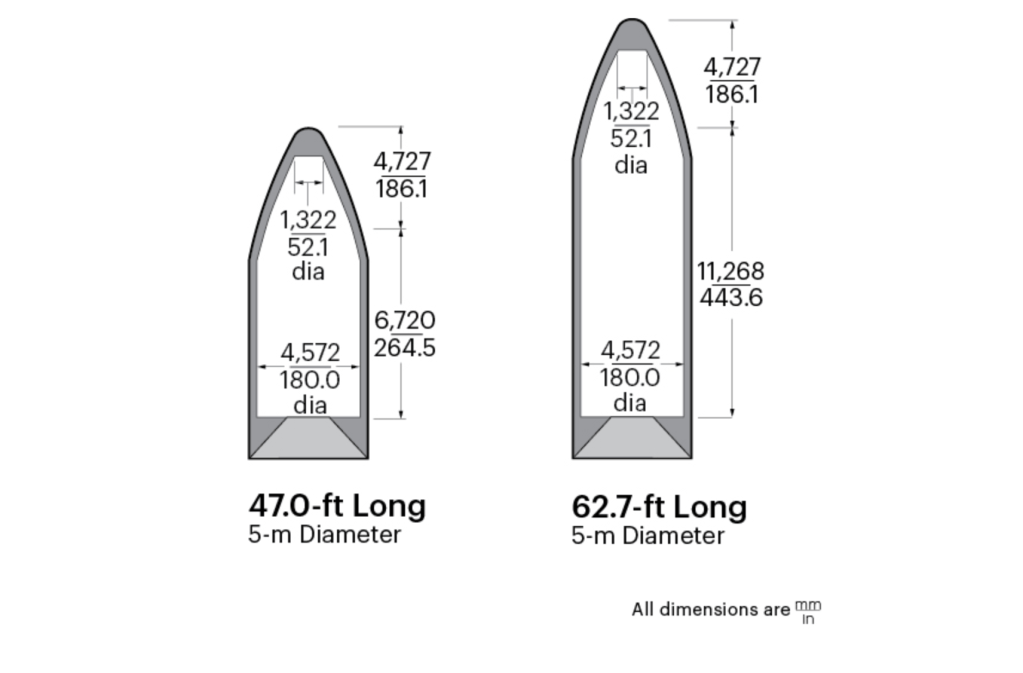
The First Stage
The first stage of the rocket is composed of three nearly identical boosters strapped together. Each of the three boosters has a single RS-68A engine, which is manufactured by Aerojet Rocketdyne. Each engine produces 3,100 kN of thrust while maintaining an ISP of 362 seconds. The engine burns on liquid hydrogen (LH2) and liquid oxygen (LOx).
During the course of the flight, the center booster will throttle down to save fuel. This allows for the side boosters to separate before the center core is out of fuel, allowing for a higher total delta-V.

The Second Stage
The second stage of the Delta IV Heavy is the Delta Cryogenic Second Stage (DCSS), which is powered by a single vacuum-optimized RL10B-2 engine. Like the first stage, the stage runs on LH2 and LOx. This engine produces 110 kN of thrust and has an ISP of 462 seconds.

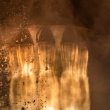


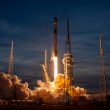
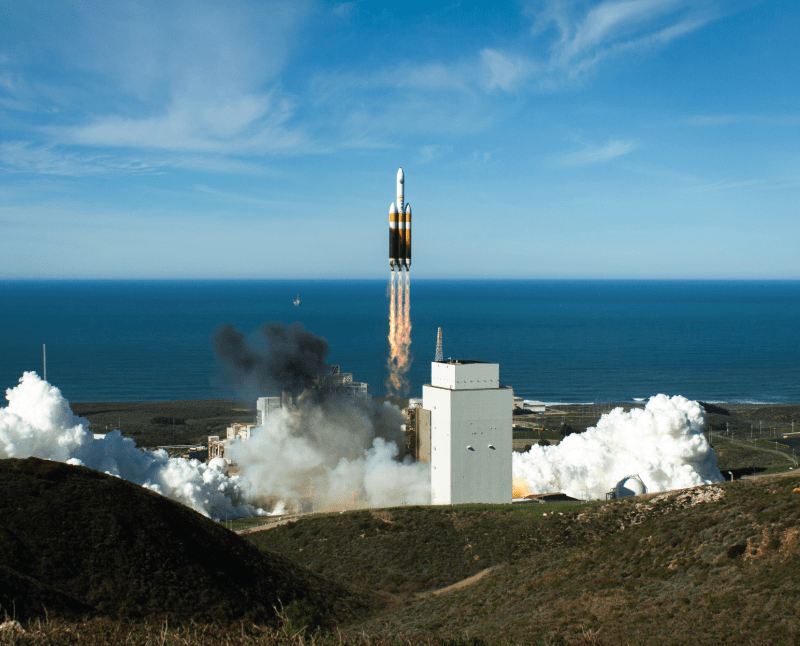
How many more Delta IV Heavy launches are there? Is this the last one for the VFSB?
This is the last Delta IV Heavy launch from Vandenberg. I’ll be there with my family to see our first launch in person.
There are two more launches of the Delta IV after this, both at Cape Canaveral.